Written By Taylor Davis Communications and Marketing
On the heels of Each Green Corner’s successful, April 24th plant distribution to the North Fair Oaks neighborhood, we at EGC wanted to provide our community with a few helpful tips for transplanting their own seedlings, whether grown indoors or received as part of the kickoff for our Neighborhood Garden Project. Although this process can seem daunting, with just a few key adjustments, your seedlings will be thriving outdoors in no time!
Hardening Off
Having nurtured your seedlings indoors for the beginning of their growth, they have become accustomed to the protection and care that being indoors provides. For example, these seedlings have yet to be exposed to high levels of wind, sunlight, or heat. Thus, in order to give them the best chance of adjusting easily to the elements, it is highly recommended that home gardeners practice “hardening off”. Hardening off is the practice of placing your indoor grown seedlings outdoors in short, increasing installments prior to planting them in your garden bed. Usually implemented 10-14 days prior to transplanting, it is important to keep the seedlings’ soil moist during their stay outdoors as the sun and wind will dry them out more quickly. (B.L. Grant 2021) Prior to the placement of seedlings outside, it is also important to water and fertilize the plants less frequently indoors. (The Old Farmer’s Almanac, 2021) This will prepare them for harsher conditions, and lessen the shock that being placed in the elements can bring.
Avoiding Seedling Rot
Another major culprit attached to seedling to transplant failure is seedling rot, also described as “damping off”. If a seedling quickly withers from the stem and dies, it may be due to fungal overgrowth. There are several ways to avoid this issue, beginning with cleaning out the pots you intend to transfer your seedlings to. This will remove any early contaminants that may threaten your seedlings’ healthy transplant. Secondly, some sources recommend utilizing sterilized soil, or a mix of soil and a soilless substitute. Soilless substitutes include products such as perlite, peat moss, or coconut coir. (Sunset Magazine, 2004) Each of these substances, used on their own or added to the base of pots and garden beds, work to improve water absorption, increase drainage, and prevent the growth of fungus and unhealthy bacteria. (Tilley)
Transplanting
Finally, you are ready to move your healthy seedlings into their new homes. To ensure that roots remain intact during transplant, using a spoon to gently scoop the seedling out of its existing pot and place it into its new home is advised. When handling your seedling during transplant, it is best to hold them by the leaves while supporting the roots with either your hands or chosen gardening tool. This will work to avoid damaging healthy stems and stalks. (Sunset Magazine, 2004)
The Old Farmer’s Almanac suggests transplanting seedlings early in the day, giving them a chance to recover from their move prior to the presence of harsh, direct, midday sun. Additionally, planting on an overcast day will allow for seedlings to settle into their new environments while receiving indirect sunlight, and promote recovery before experiencing high temperatures. If transplanting in the midst of an exceptionally dry season, adding mulch will help seedlings retain moisture and thrive as they are exposed to the newfound heat.
By following each of these guidelines, and watering seedlings well upon their transplant, your garden is sure to flourish amidst the approaching summer heat and dryness!
Resources
Grant, A. (2021, February 11). Soilless Grow Mix: Information About Making Soilless Mix For Seeds. Gardening Know How. https://www.gardeningknowhow.com/garden-how-to/propagation/seeds/soilless-seed-mix-info.htm.
Grant, B. L. (2021). Seedling Care Tips: Caring For Seedlings After Germination. Gardening Know How. https://www.gardeningknowhow.com/garden-how-to/propagation/seeds/seedlings-after-germination.htm.
Old Farmer’s Almanac. (2021, April 23). Tips for Transplanting Seedlings. Old Farmer’s Almanac. https://www.almanac.com/tips-transplanting-seedlings.
Tilley, N. (n.d.). Information About Coconut Liners For Planters And Baskets. Gardening Know How. https://www.gardeningknowhow.com/special/containers/coconut-planter-liners.htm.
Sunset Magazine. (2004, September 4). When to Transplant Seedlings to Prevent Disease & Grow Healthy Plants. Sunset Magazine. https://www.sunset.com/garden/garden-basics/seedling-care-transplanting-thinning-preventing-disease#:~:text=Handle%20seedlings%20by%20their%20leaves,transplants%20recover%20from%20the%20move.
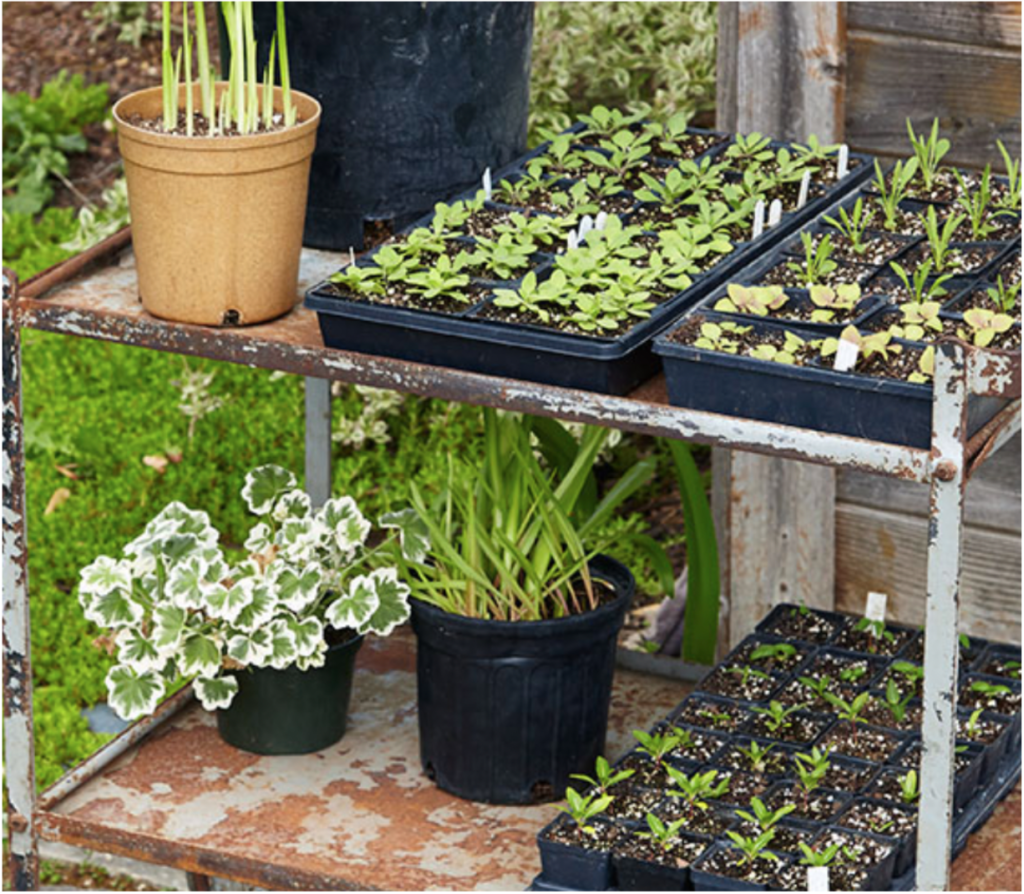
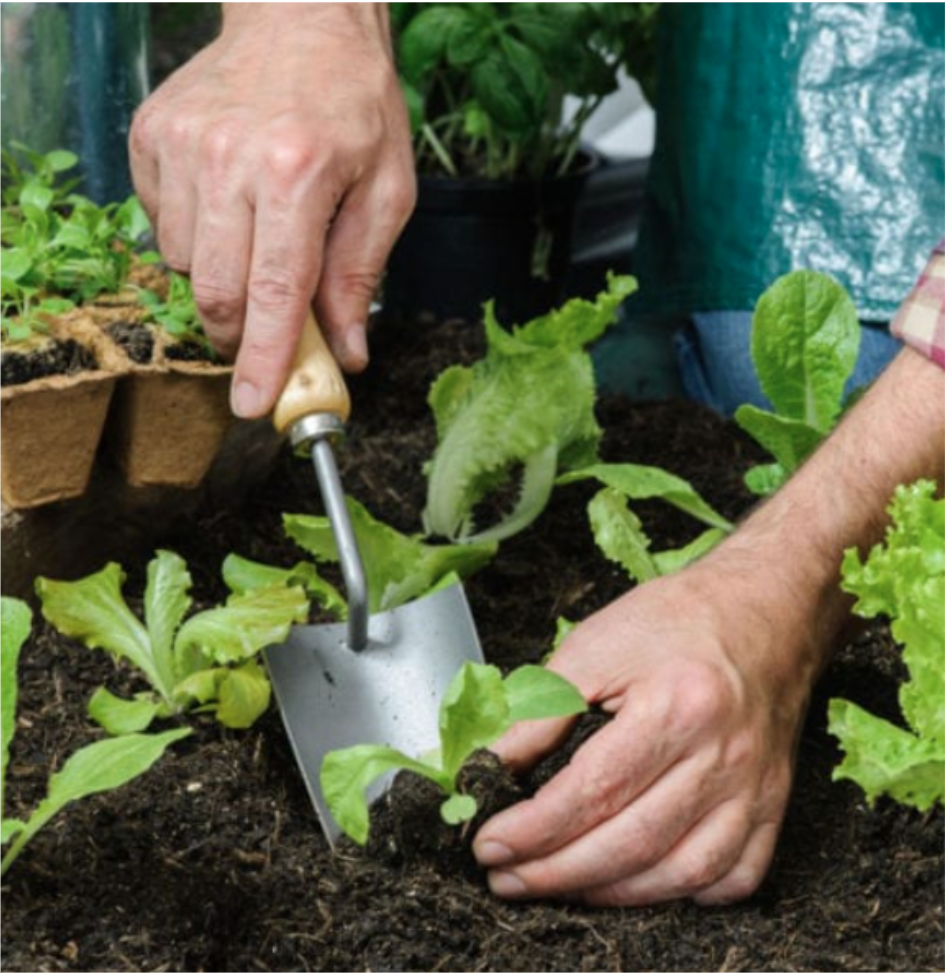
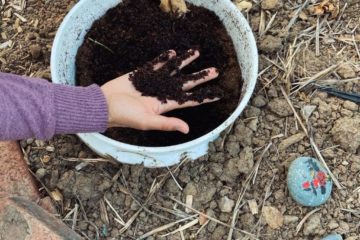
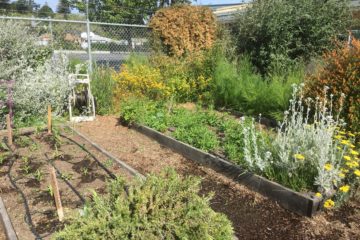
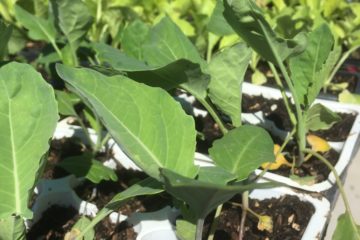
0 Comments